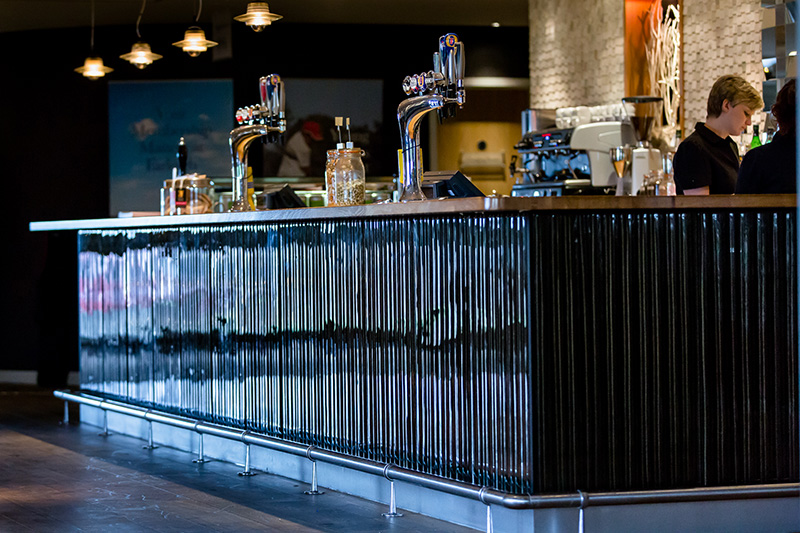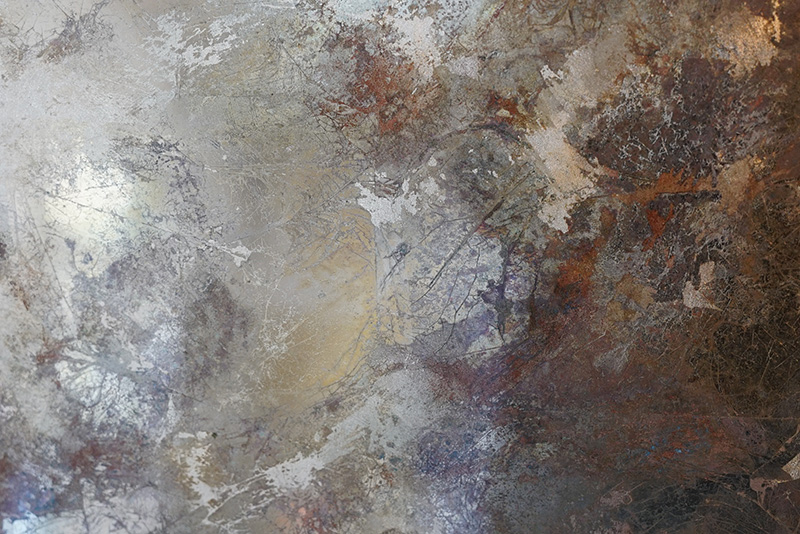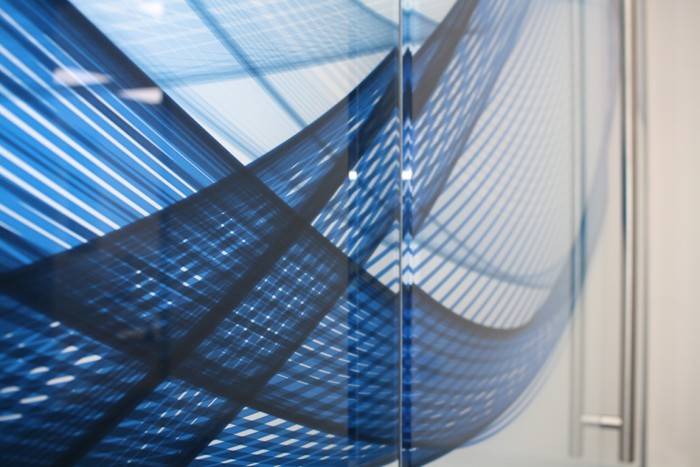Materials: A Clear View Of Glass
Whilst it’s difficult to accurately date the moment of creation of glass, like last months material of focus ceramic, the substance that we look through, onto and swipe on a daily basis is a truly ancient human invention. The 2 are closely related, sharing very similar constituent parts and production methods, as well as exuding a number of the same properties. Both require minerals and extreme temperatures, the only difference being that glass uses silica sand, whilst ceramics are made from clay. The properties of the resulting hard surfaces are however markedly different. Whilst clay starts and finishes as an opaque substance, the magic of silica means that it cools to form a transparent material. It has long been suggested that this discovery may have occurred by chance some 5000-600 years ago when sand surrounding the earliest ceramic kilns was transformed when coming into contact with the heat within.
Nowadays glass quite literally surrounds us. The ability to be able see through it, for light to be transmitted and its thermal installation properties have long made it the ideal solution for windows and more recently to cover entire buildings. But there’s more to glass than the near-invisible stuff that we inadvertently overlook everyday…

Having established in 2004 with one small kiln, Float Glass Design have steadily grown to become one of the UK’s leading architectural glass specialists. Whilst glass is at the very core of what they produce, creativity is the driving force behind it, and unlike most glass, ‘flat’ is certainly not a word that one could use describe their portfolio. At present there are 25 richly textured handmade designs as standard, with the ability to create bespoke finishes available. As well as texture the Spectrum range also offers a large array of colours that transform the surface further. But Float Glass Design isn’t just about aesthetics, the toughened glass panels can be used for a host of applications including partition walls, screening, doors, shower areas, counter fronts, table tops and even exterior canopies. It’s used by designers and architects on office developments, hospitality environments and even places of worship as well as being utilised in the creation of public art commissions.

Ruth Parker is another glass specialist who is regularly sought out by artists and designers alike. Her mirrored glass surfaces blur the boundaries between craft and design, with an emphasis on hand decoration and drawing apparent in the finished product. Using an adapted form of verre églomisé, she applies rich layers of metallic foils, drawn line and pattern design to the back of glass panels to create stunning surface panels. Whilst individual surfaces can be considered stand alone artworks in their own right, the panels can also be used to create furniture, wall panels and lighting and have been used in high-end retail spaces including Liberty’s, Ted Baker, Diptyque and Urban Outfitters.

Taking an all encompassing approach to the potential of glass, GX Glass operate with the clear and confident tag line, “If you can imagine it, we can create it.” As all round glass production specialists, they offer a consultancy service with endless solutions via off-the-shelf and customisable products. There isn’t much that they don’t know or can’t do with glass. As well as painting, interlaying other materials like mesh, fabric and films, shaping, cutting and sandblasting glass, the CeramX Digital range offers printed imagery upon the surface. The ceramic printing process not only allows for endless pattern, colour and imagery but is also scratch and colour-fade resistant, making it an impactful transformative material for almost any application imaginable. With the ability to rapidly prototype and test new designs the possibilities are truly endless. As the process is further develops, glass itself becomes ever-more a chameleon material; turning it into a metallic, rusted or even marble-like surface.




